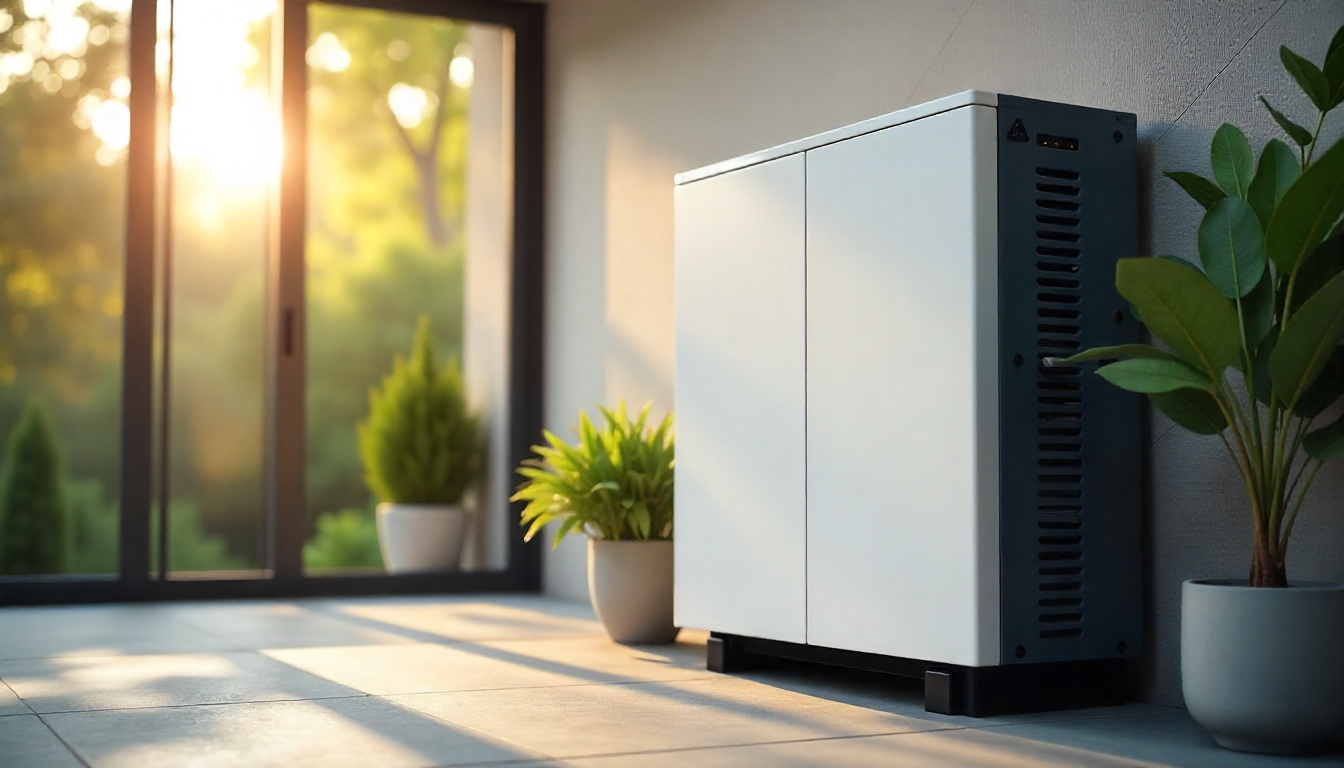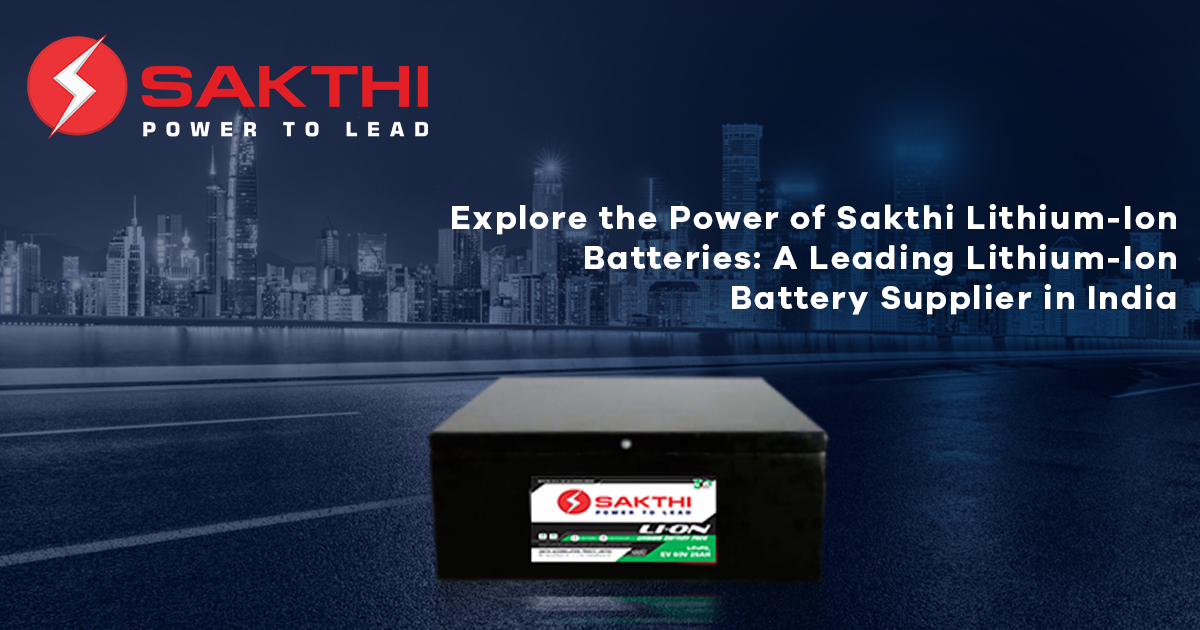Power cuts are still an everyday challenging experience. And the responsibility of handling them hasn’t changed for most residential / commercial establishments in India; consequently, the first backup option is an inverter. But very often, it’s also the other component that needs equal care, such as the inverter battery.
Still relying on an old, bulky, slow-charging battery that needs an extra makeover, then you are relying on old technology. You are probably throwing away a lot more money than you want to understand.
More and more, people throughout India have begun to embrace lithium-ion inverter batteries, making a tangible difference in their daily lives, and backed by a number of innovative companies like Sakthi Battery, India’s best-known lithium-ion battery manufacturer.
Why Old Batteries Are Falling Behind
Traditional inverter batteries were never designed for the demands of modern life. They take hours to charge, need frequent water top-ups, and often struggle during long or repeated outages. Over time, their performance drops, and so does your backup.
Notice how the previous inverter battery is not performing like before, or if you’re spending more time checking fluid levels than actually using your inverter, Sakthi Battery, India’s best-known lithium-ion battery manufacturer in India is here to solve these problems.
Why are lithium-ion batteries preferred?
Lithium-ion inverter batteries have been engineered to cater to the contemporary power alterations. They charge faster, usually in a few hours.
They’re also lighter, smaller, and cleaner. No fumes, no spills, no bulky units eating up floor space. Just efficient, quiet, dependable power you can rely on when you need it most.
For homes, businesses, and even distributors looking for a dependable product line, lithium-ion inverter batteries offer a clear advantage. With manufacturers like Sakthi, one of the leading lithium-ion battery manufacturers in India, it is the end of your search.
Made in India, Designed for India
Sakthi, one of the leading lithium-ion battery manufacturers, because of our Indian roots, we understand the deep rooted energy needs of our people. Our lithium-ion inverter batteries are manufactured while keeping in mind Indian atmospheric conditions, daily charge-discharge cycles, and existing local infrastructure.
This results in battery durability and local product delivery. So, regardless of whether the purchase is made for homes or getting stock for your dealership, the presence of a trusted locally produced and designed battery from Sakthi, which is among the top lithium-ion battery manufacturers in India, will provide you with superior on-ground support and solutions, while also keeping the quality intact.
Ready to Switch? Here’s What to Do Next
The move to lithium-ion batteries isn’t just about new technology, it’s about quality living. Less worry. Fewer breakdowns. More peace of mind.
If you’re ready to start enjoying reliable backup power, instead of worrying about constant checkups, it’s time to upgrade. And when you do, trust a proven lithium ion battery manufacturer like Sakthi to power your next step forward.
Talk to a local expert. Ask questions. Compare your options.
And when you’re ready, choose a Sakthi, lithium ion battery manufacturer who stands behind their product and understands what your home really needs.
FAQ
- My old inverter battery still works; why bother switching?
If it’s slow, needs care, or doesn’t last, you’re already dealing with the downside. Switching just saves you the stress.
- Is a lithium-ion inverter battery really that easy?
Yes. It is super convenient; it just charges up faster and enjoys a longer life without asking anything in return.
- Will I have to purchase an inverter as well?
Most likely not. Your setup is likely to work perfectly and your dealer will be the one to confirm this.









